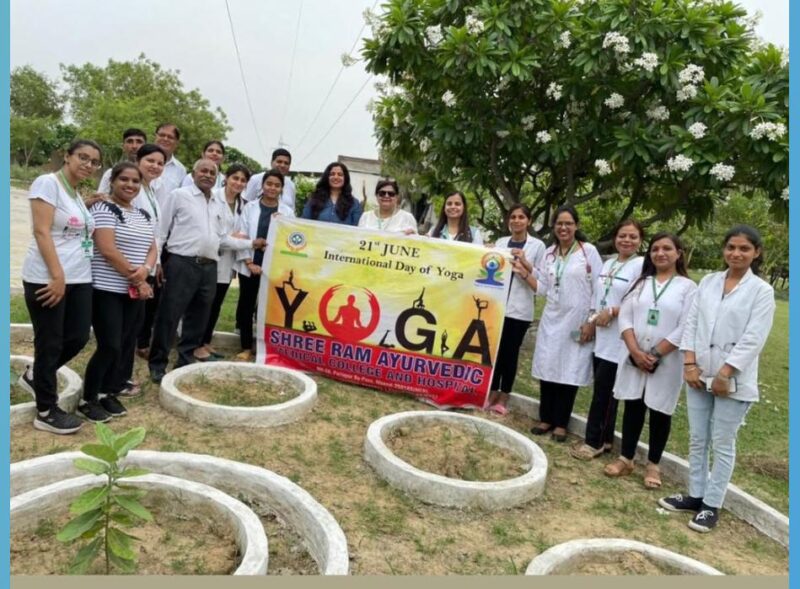Congratulations to everyone for witnessing the 11th International Yoga Day 2025 under the theme “ONE EARTH and One HEALTH “
This is the time to introspect that do understand YOGA 🧘 completely till day by the seekers of wellness, and friends in health, healing and harmony.

Today, I invite you to close your eyes for just a moment. Inhale deeply… and as you exhale, listen—not to the noise outside, but to the subtle sound within. That, my friends, is where Nāda Yoga begins.
Nāda Yoga, from the Sanskrit word Nāda meaning “sound” or “vibration,” is one of the most powerful yet subtle branches of yoga. It is not merely about music or chanting—it is about tuning ourselves to the inner frequency of consciousness.
In the ancient text Hatha Yoga Pradipika, it is said:
“Nadānusandhānam sarva-yoga-uttamam matam” –
“Meditation upon inner sound is considered the supreme path of yoga.”
Let me explain with a simple metaphor. Imagine your body as a sitar. If the strings are too tight, they snap. If too loose, they do not produce music. But when tuned just right—they create resonance, harmony, and joy. Nāda Yoga helps us tune our body, mind, and spirit by focusing on sound—both external (āhata nāda) and internal (anāhata nāda).
We begin with external sounds—like chanting “Om”, listening to soothing ragas, or even singing devotional bhajans. Gradually, this discipline leads us to internal vibrations—the silent hum of our nervous system, the heartbeat, the pulse… and finally, the soundless sound of the soul.
Modern neuroscience validates this too. Studies using EEG and fMRI scans show that sound meditation reduces stress, enhances cognitive focus, and increases alpha brain waves—associated with deep relaxation and creativity.
In fact, a study at Stanford University found that harmonic chanting like “Om” activates the vagus nerve, improving parasympathetic activity and enhancing healing in disorders like anxiety, hypertension, and even chronic pain.

Let me share a real example. In our own clinic, we had a young medical student suffering from severe exam anxiety and insomnia. No medicine helped. We introduced her to a simple 10-minute morning practice of Brahmari Pranayama combined with Om chanting—within three weeks, her sleep returned, anxiety reduced, and her concentration soared. That is the silent magic of Nāda Yoga.
Dear friends, in this noisy world of traffic, phones, and mental clutter—we are all starving for stillness. Nāda Yoga offers that stillness through sound. It is not just for yogis in caves—it is for mothers humming lullabies, for elders reciting mantras, for anyone willing to listen.
As Swami Sivananda said:
“Where there is sound, there is energy. Where there is energy, there is healing.”
Let us embrace Nāda Yoga not just as a practice, but as a way of living—a way of tuning in, calming down, and rising above.
In closing, I urge you to dedicate just five minutes a day—chant “Om,” hum gently, or simply listen to the sound of your breath. Let sound become your teacher, your healer, your path to the divine.
ओम शांति शांति शांतिः
